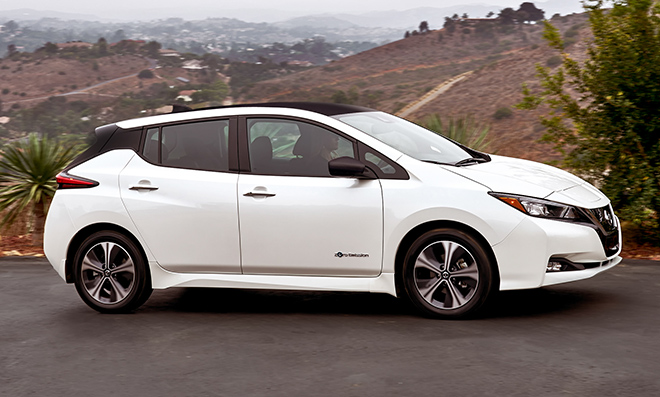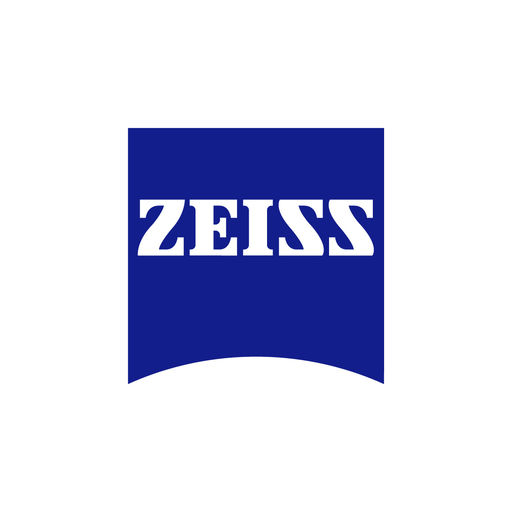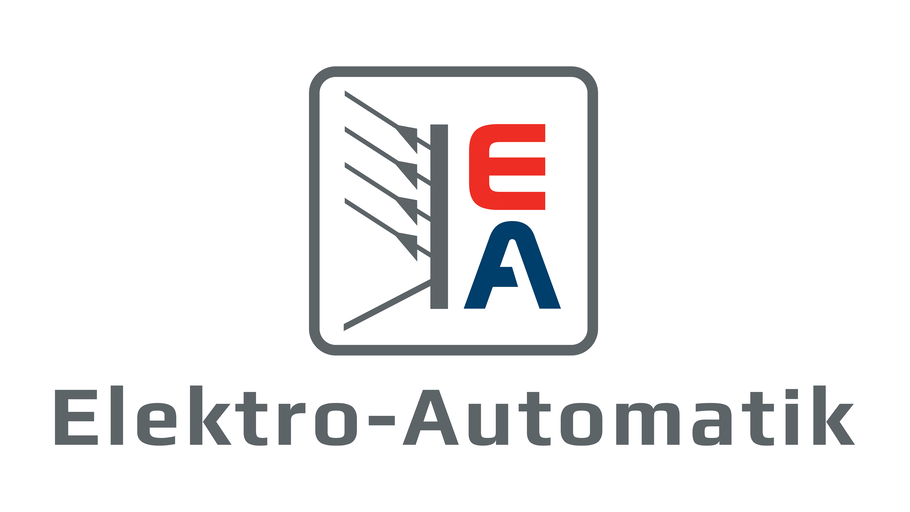Since the Bolt and Model 3 cracked the 200 mile/$40k barrier earlier this year, we’ve been eagerly waiting to see how EV pioneer Nissan would respond. Well, the company has just unveiled its new 2018 LEAF and…we’re not sure what to think.
From a technical standpoint, the next-gen model offers only an incremental improvement – slightly increased range and a couple of new driving features. The main focus of Nissan’s effort seems to have been the vehicle’s styling, which got a complete makeover. The new LEAF looks more like other current Nissan models, and has dropped the protruding headlights and prominent haunches that made the old LEAF instantly recognizable. This may be of little interest to engineer types, but Nissan is obviously hoping that it will make the EV more attractive to the typical car buyer.
The 2018 LEAF has a more powerful electric motor: 147 horsepower and 236 pound-feet of torque, compared to the 2017 model’s 107 hp and 187 lb-ft. The onboard charger is apparently unchanged: charging power is still 6.6 kW, and CHAdeMO DC fast charging is available as an option.


The size of the battery pack has been increased from 30 kWh to 40 kWh; estimated range is now 150 miles, up from the 2017 model’s 107 miles. The battery pack still uses passive air cooling, and the cells come from the Nissan/NEC joint venture AESC.
Nissan has said that it will offer a 60 kWh battery pack as an option in 2019, which will presumably bring the LEAF’s range over the arbitrarily-selected magic number of 200 miles.
The new 40 kWh pack fits in the same form factor as the previous 30 kWh pack, but the car’s floor pan may need to be enlarged to accommodate the 60 kWh pack – Green Car Reports surmises that that’s the reason it wasn’t included on the 2018 model.
The 2018 LEAF includes a feature that Nissan calls e-Pedal, a selectable one-pedal driving mode similar to that used by the BMW i3 and Chevy Bolt. The new LEAF will also be the first Nissan vehicle to offer ProPilot Assist, which combines adaptive cruise control and automatic lane-keeping.
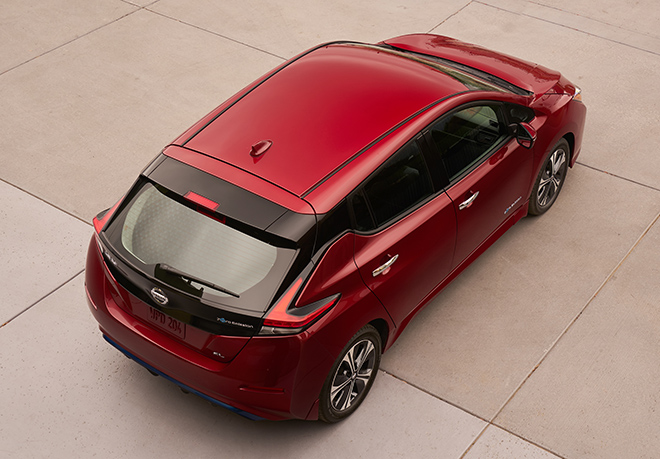

Nissan also made several minor tweaks, probably in response to customer suggestions. The front console has been redesigned, with more convenient cup holders and a new stowage area. The charging port is now angled, so you can plug in the cable without bending over. While the cabin’s interior dimensions remain “essentially unchanged,” the rear cargo area (always a drawback of EVs) has been improved: “The square space, with bumps removed as much as possible, allows greater space utilization.”
So, the new LEAF looks cooler, and it has a little more range, but how will it compete with the Bolt and Model 3? It will be very interesting to find out, because, while the two American EVs have substantially more range, the Japanese offering is a lot cheaper. MSRP for the 2018 LEAF will start at $30,875 including delivery – that’s actually $690 lower than the base 2017 LEAF S, and almost $7,000 lower than the Chevy Bolt.
The 2018 LEAF will go on sale in Japan in October, but deliveries in North America won’t begin until “early 2018.” Nissan will unveil the full 2018 model lineup, with trim levels and available options, closer to that time.
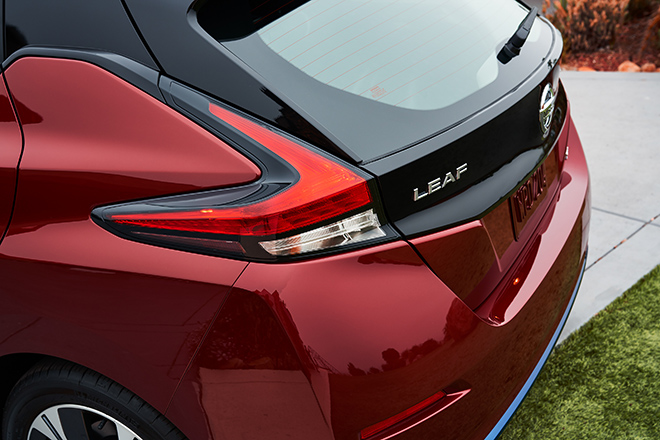

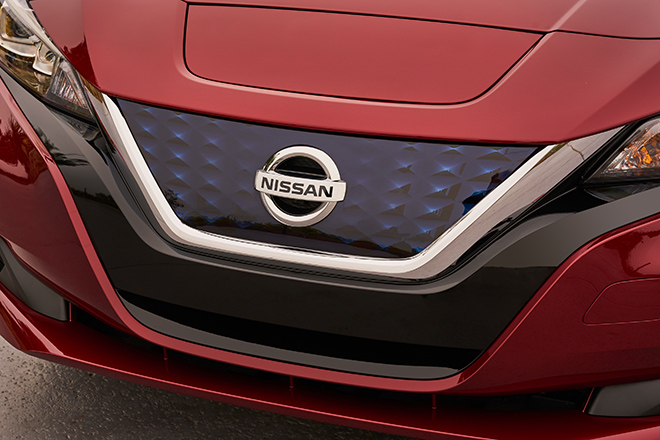



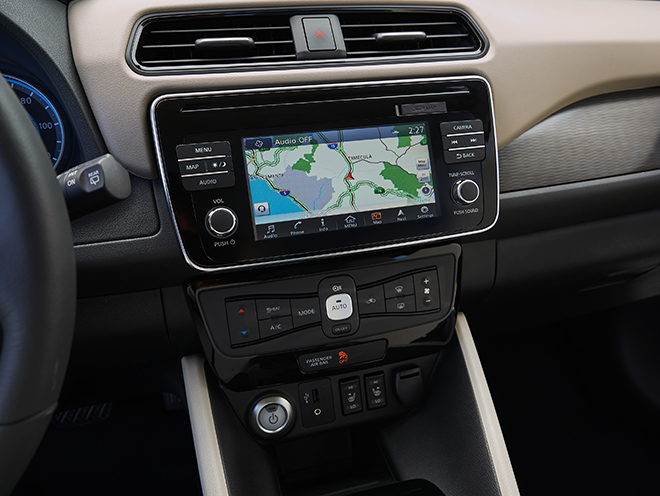

Source: Nissan, Green Car Reports




